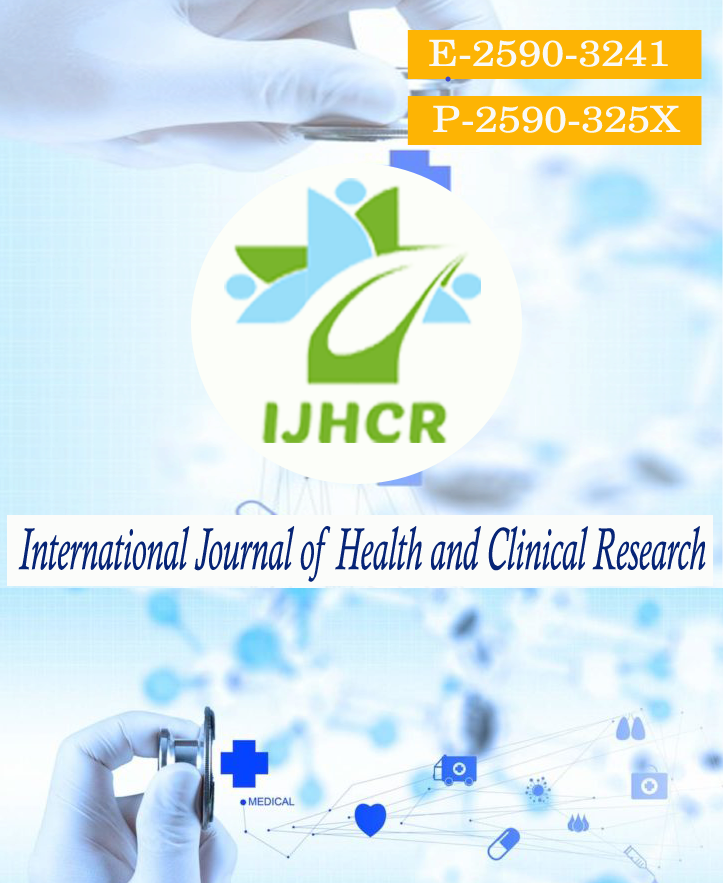A comparative study of weekly versus daily schedule of hypofractionated palliative radiotherapy with concurrent chemotherapy in the treatment of locally advanced head and neck cancer
Keywords:
Hypofractionated,Palliative,RadiotherapyAbstract
Background:Most head and neck cancer cases and deaths are due to both individual predispositions linked to certain genetic characteristics, and exposure to carcinogens caused by lifestyle behaviors. We compared weekly versus daily schedule of hypofractionated palliative radiotherapy with concurrent chemotherapy in the treatment of locally advanced head and neck cancer.Materials & Methods:Fifty patients, randomly selected were divided in to two groups of 25 patients each. Group A: - These patients received injection Cisplatin 40 mg/m 2 given intravenously 2 hrs infusion six hour before radiation and repeated weekly for 6 cycles. Group B: - This group consisted of randomly selected, previously untreated 25 patient of squamous cell carcinoma of head and neck. Thesepatients received injection Cisplatin 40mg/m 2 given intravenously 2 hrs infusion six hour before radiation and repeated weekly for 3 cycles. Results: Incidence of well differentiated histology was 20% in both arm, poor differentiated was 8 % and 4% respectively in arm-A and Arm-B, undifferentiated was 52% and 44% respectively in arm-A and arm-B. It was observed that moderately differentiated squamous cell carcinoma was the commonest in both arm-A and arm-B i.e. 13(52%) in arm-A and 11(44%) in arm-B. The P value was insignificant in each group. Among the arm-A and arm-B the complete response is 20% and 36% (χ2 = 4.571, p=0.032), the partial response is 52% and 44% (χ2 = 0.667, p=O.414). Stable disease in the arm-A and in arm-B was 12% and 8% (χ2 = 0.800, p=O.371) respectively and progressive disease was 16% and 12% respectively (χ2 = 0.571 p=O.449).Conclusion: Hypofractionated radiotherapy with either 600cGy per fraction given weekly or 300cGy per fraction given daily along with concurrent chemotherapy are feasible options for palliation in advanced head and neck cancers. 300cGy given daily schedule is associated with slightly higher acute reactions but increases the chances of complete response. The 300cGy daily arm patients completed treatment in 3 weeks as against 6 weeks for 600cGy weekly arm. 600cGy weekly radiotherapy given on Saturday is a feasible alternative to daily 300cGy schedule with lesser burden to the busy radiotherapy department.
Downloads
Published
How to Cite
Issue
Section
License
Copyright (c) 2021 Raj Kumar Nirban, Rajesh Kumar, Sitaram Mahariya, Kamlesh Harsh, Neeti sharma, Geeta Solanki

This work is licensed under a Creative Commons Attribution 4.0 International License.






 All articles published in International Journal of Health and Clinical Research are licensed under a
All articles published in International Journal of Health and Clinical Research are licensed under a 